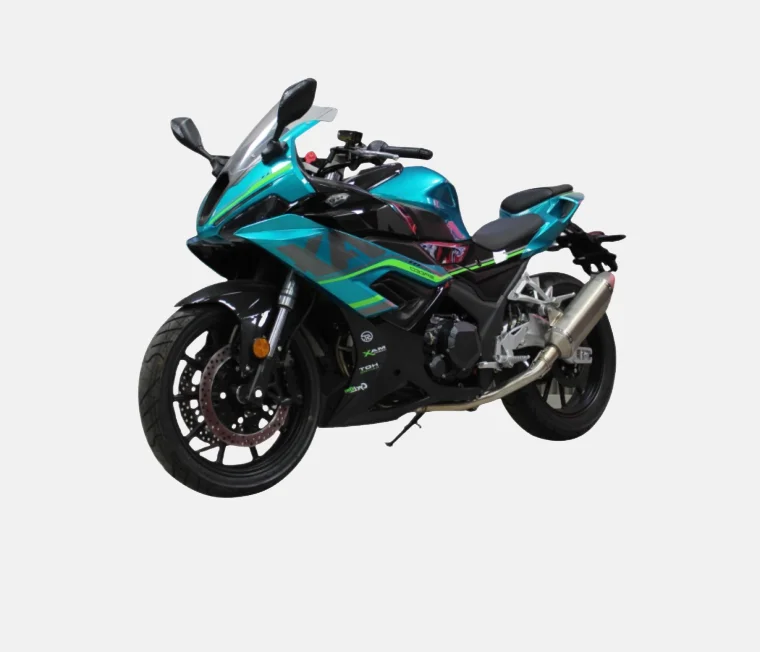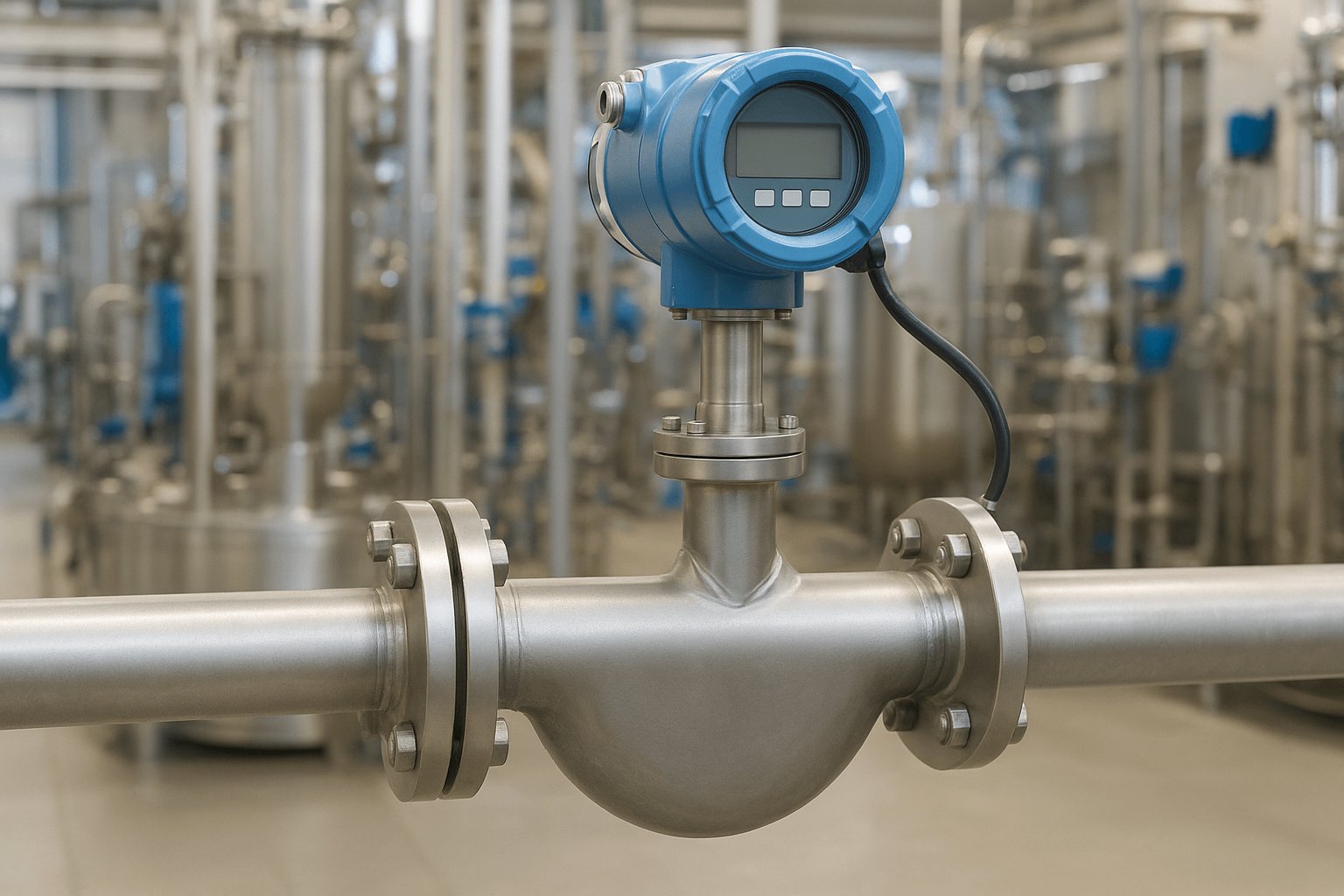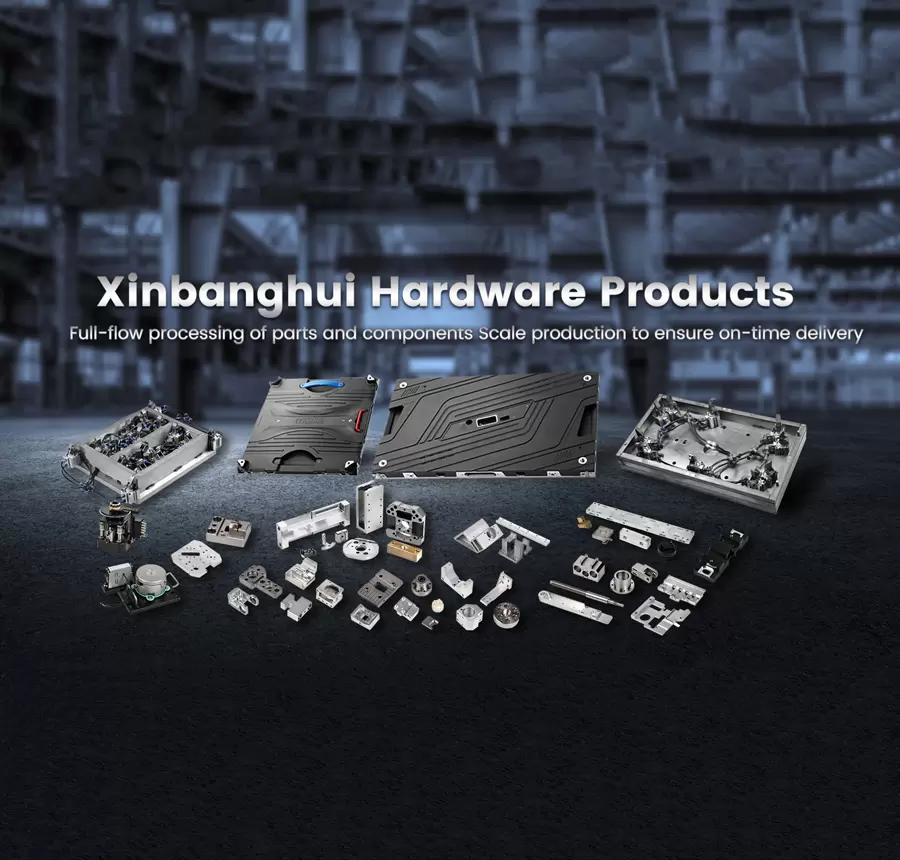Unveiling the Dangers: A Comprehensive Analysis of the Least Safe Cars on the Market
When it comes to vehicle safety, consumers are increasingly aware of the importance of choosing a car that not only meets their needs but also protects them and their passengers in the event of an accident. However, amidst the myriad of options available, some vehicles consistently rank lower in safety assessments. This article delves into the question: What is the most not safe car? We will explore various factors contributing to vehicle safety, analyze specific models that have garnered negative attention, and provide insights on how to make informed decisions when purchasing a vehicle.
Understanding Vehicle Safety Ratings
Before identifying the least safe cars, it is crucial to understand how vehicle safety is assessed. Organizations such as the National Highway Traffic Safety Administration (NHTSA) and the Insurance Institute for Highway Safety (IIHS) conduct rigorous crash tests and evaluations. These assessments consider various factors, including:
- Crashworthiness: How well a vehicle protects its occupants during a collision.
- Crash Avoidance: The presence of technologies that help prevent accidents, such as automatic emergency braking and lane departure warnings.
- Rollover Risk: The likelihood of a vehicle rolling over in a crash, which is particularly relevant for SUVs and trucks.
The Most Not Safe Cars: A Closer Look
While safety ratings can vary year by year, certain models have consistently been flagged for their poor performance in safety tests. Here are a few vehicles that have raised significant concerns:
- Fiat 500
The Fiat 500 has often been criticized for its subpar safety ratings. In various crash tests, it has received low scores for both frontal and side-impact collisions. The compact size of the vehicle, while appealing for urban driving, contributes to its vulnerability in crashes with larger vehicles. Additionally, the lack of advanced safety features further exacerbates its safety shortcomings.
- Chevrolet Spark
The Chevrolet Spark, another subcompact car, has also been noted for its inadequate safety performance. It has received a low overall rating from the IIHS, particularly in the areas of crashworthiness and crash avoidance. The absence of standard advanced safety technologies, such as forward collision warning and automatic emergency braking, makes it a less desirable option for safety-conscious consumers.
- Hyundai Accent
The Hyundai Accent has faced scrutiny for its safety ratings, particularly in side-impact tests. While it offers a good value proposition in terms of price and fuel efficiency, its lack of robust safety features and lower crash test ratings make it a less safe choice compared to its competitors.
Factors Contributing to Poor Safety Ratings
Several factors contribute to a vehicle's poor safety ratings:
- Design and Structure: Vehicles with weaker frames and less effective crumple zones are more likely to result in severe injuries during a crash.
- Lack of Advanced Safety Features: Cars that do not include modern safety technologies are at a disadvantage. Features like adaptive cruise control, blind-spot monitoring, and lane-keeping assist can significantly enhance safety.
- Size and Weight: Smaller, lighter vehicles are generally at a higher risk in collisions with larger, heavier vehicles. This size disparity can lead to more severe outcomes for occupants of smaller cars.
Making Informed Decisions
When considering a vehicle purchase, it is essential to prioritize safety. Here are some tips for consumers:
- Research Safety Ratings: Utilize resources like the NHTSA and IIHS to review safety ratings and crash test results for various models.
- Consider Advanced Safety Features: Look for vehicles equipped with the latest safety technologies that can help prevent accidents.
- Test Drive and Evaluate: Take potential purchases for a test drive and assess their handling, visibility, and comfort. A vehicle that feels stable and secure can contribute to overall safety.
Conclusion
In the quest for a safe vehicle, it is vital to be aware of the models that have been identified as the least safe. While the Fiat 500, Chevrolet Spark, and Hyundai Accent have faced criticism for their safety performance, consumers must conduct thorough research and consider their individual needs before making a purchase. By prioritizing safety and being informed about vehicle ratings and features, drivers can make choices that protect themselves and their loved ones on the road. Remember, safety should never be an afterthought when it comes to choosing a vehicle.







